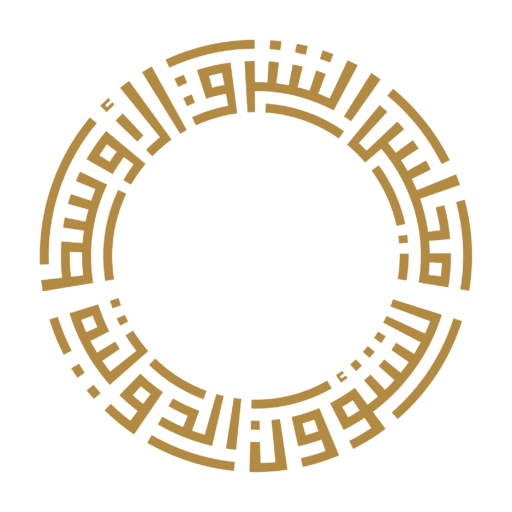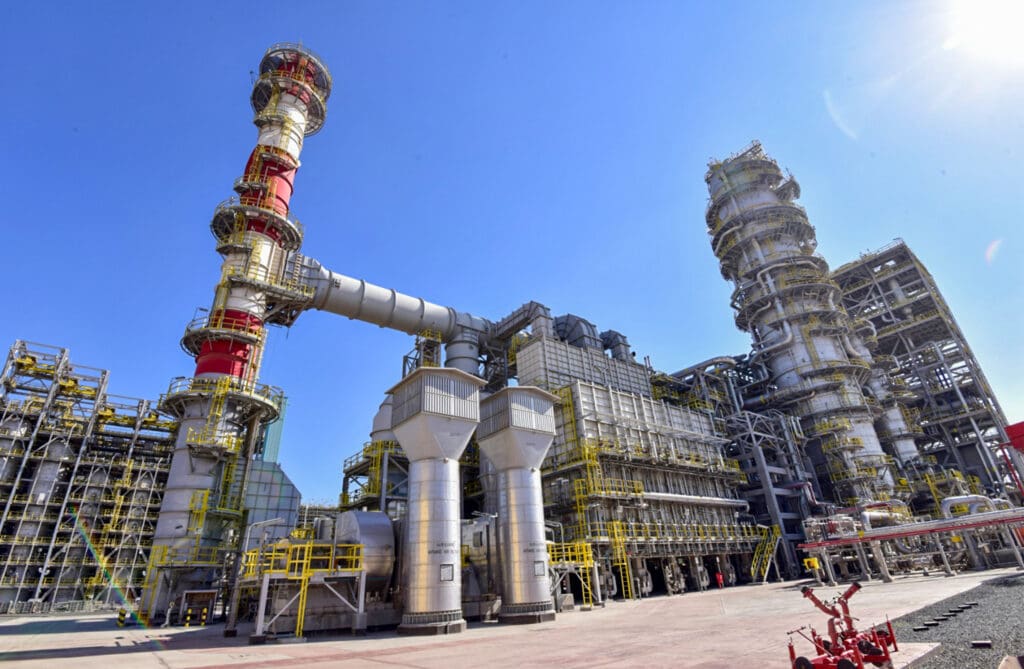It is a paradoxical truth that nations highly dependent on natural resources tend to be poor economic performers.
Such countries are exposed to ongoing adverse shocks, including price jolts, volatile demand and supply, and natural disasters. These factors can stir up macroeconomic instability and higher economic risks – otherwise known as the “natural resource curse”.
The demand and supply shocks that occurred during the Covid-19 pandemic, as well as those caused by ongoing wars and the planned energy transition, increased the urgency for fossil fuel exporters to diversify their economies and mitigate risks.
Such strategies also avert the crisis of being left with lower-valued or stranded assets.
Robust and extensive economic diversification is a must-have policy for the commodity-producing nations of the GCC. It is essential for the region’s macroeconomic stability and job creation.
The Global Economic Diversification Index (EDI) measures diversification across three dimensions including output, trade and government revenue for 112 nations, over the period 2000 to 2022.
Its underlying 25+ indicators are all quantitative (i.e., no survey or perception indicators) and publicly available, resulting in a quantitative benchmark that can be replicated.
The latest issue of the EDI, released at the World Governments Summit in February, finds that the top-ranked nations – the US, China and Germany – are well-diversified and tend to be resilient, even amid unexpected shocks like the Covid-19 pandemic.
The GCC nations’ 21st century EDI scores
| Table with 5 columns and 6 rows. | |||||
| Country | 2000 | 2010 | 2019 | 2020-22 | |
| 1 | Bahrain | 92.7 | 90.7 | 95.3 | 96.0 |
| 2 | Kuwait | 83 | 83 | 86 | 88 |
| 3 | Oman | 80.9 | 85.3 | 90.8 | 91.1 |
| 4 | Qatar | 85.6 | 84.9 | 93.4 | 94.1 |
| 5 | Saudi Arabia | 82.8 | 86.9 | 94.0 | 93.1 |
| 6 | UAE | 90.9 | 94.2 | 99.0 | 97.5 |
Source: Global EDICreated with Datawrapper
The high commodity or natural resource-dependent nations, where the diversification process has been slow and stagnant, languish at the other end of the spectrum.
Four nations – three from Sub-Saharan Africa and Kuwait from the Mena region – remain in the bottom 20 ranks of the EDI over the period 2000-2022.
However, the emergence of other countries from the bottom quartiles to become more diversified, such as Saudi Arabia, underscores the rewards of reforming.
Though commodity-dependent nations have made gains in output and trade diversification sub-indices over time, reforming, introducing broad-based taxation or instituting new tax regimes for fiscal sustainability is more problematic, and is holding back oil exporters from making gains in government revenue diversification.
For example, tax revenue as a percentage of GDP in Norway, which is highly ranked in the revenue sub-index, stands at around 30-plus percent versus single digit readings in Bahrain and Kuwait.
The effort necessary for lower ranked nations to catch up in the post-Covid era will be tougher, given not only the long-term scarring effects and output loss induced by the pandemic but also due to limited fiscal space and high debt burdens.
However, a pandemic silver lining effect can be seen in the accelerated adoption of digital technologies, resulting in societal gains such as higher labour force participation rates and productivity gains – especially in nations with existing basic IT infrastructure.
The EDI 2024 edition includes three digital-specific indicators in the trade sub-index, capturing growth of the digital economy.
One main finding is that if digital adoption is delayed existing divides can widen, leading to deteriorating outcomes and prospects in the absence of an acceleration of reforms.
Another is that digital economy investments tend to improve trade diversification, notably through the ability to export services.
It is noteworthy that the UAE and Saudi Arabia were the 8th and 24th largest exporters in world trade of commercial services (excluding intra-EU trade) in 2022, according to the World Trade Organisation.
The GCC region has achieved significant progress in economic diversification over the past two decades. The UAE and Bahrain have higher EDI scores compared to their peers, while Saudi Arabia and Oman have both substantially improved their scores relative to 2000.
The implementation of reforms at a much more aggressive pace after the pandemic has helped to improve GCC rankings across the board.
Such initiatives include incentives to invest in new tech sectors, broadening tax bases, trade liberalisation through free trade agreements and improvements to regulatory and business environments, while facilitating rights of establishment and labour mobility.
Gulf governments have also been diversifying their “national asset” portfolios, by investing in economic institutions. These reforms improve diversification across all three pillars (output, trade, government revenue) and will strengthen long-term economic resilience.
As countries adapt to and mitigate climate change risks, energy transition and green investments such as renewable energy can play a key role in transforming economies and output structures.
Fossil fuels are likely to remain in the global energy mix for decades, but a potential sustained decline in demand necessitates the roll-out of diversification policies at the earliest.
With many oil-exporting nations in the Middle East already diversifying energy sources, potential exports of clean energy – such as hydrogen – from these nations can widen their export base (both of products and trade partners).
Regional integration would support diversification efforts, as would increasing intra-regional trade in the Mena region.
Gulf-wide trade agreements would lower costs, thereby generating demand for specific goods and services outside traditional commodity exports.
The prospect of regional integration creates a massive opportunity to link domestic, regional and global value chains, supporting diversification efforts.
To paraphrase the late great author Lewis Carroll, in a resource-rich country “you have to run twice as fast to get anywhere”.
This article was originally published in the Arabian Gulf Business Insight
The opinions expressed in this article are those of the author and do not necessarily reflect the views of the Middle East Council on Global Affairs.


